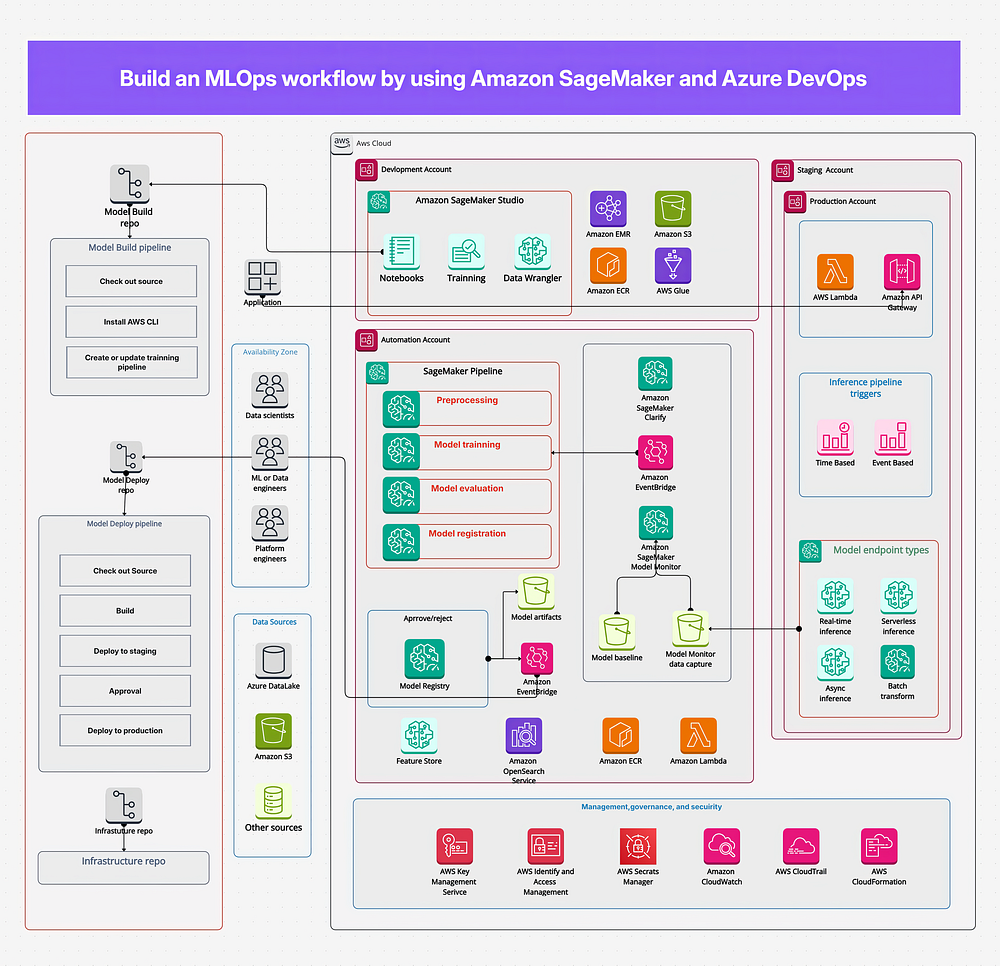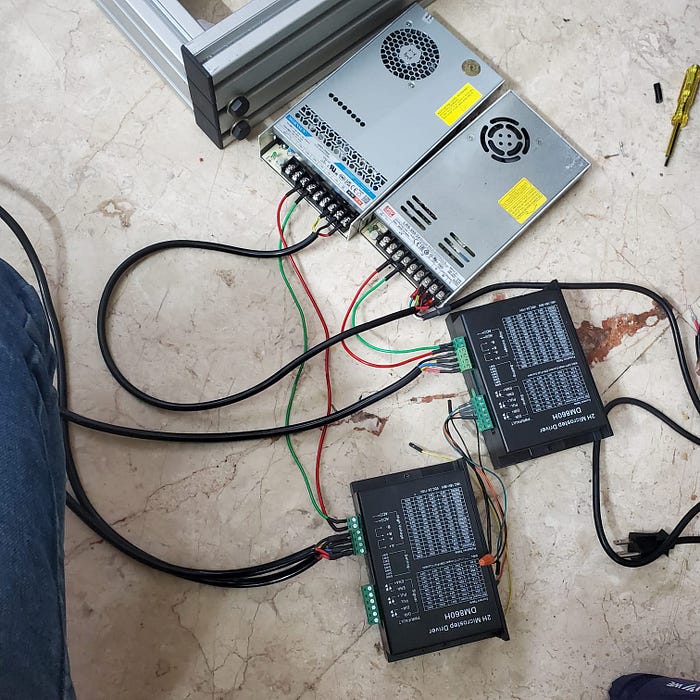Introduction to High-Risk Predictions in AI
Even the most advanced neural networks or boosting algorithms sometimes stumble on a small but critical slice of data — often around 10% of validation cases — where prediction errors blow up.
The Problem of Big Misses
These “big misses” usually stem from messy real-world inputs: outliers, unusual feature combinations, or hidden patterns the model never learned. Without a way to pinpoint these tricky cases, businesses can make costly mistakes.
In credit scoring, for example, misclassifying just a handful of high-risk applicants can lead to major loan defaults. In manufacturing, failing to flag the few machines about to fail can halt entire production lines.
A Three-Step Solution
My solution stitches together three practical steps. First, I distill a compact “student” model from a powerful “teacher” to retain accuracy while boosting speed. Next, I quantify prediction uncertainty and train a lightweight meta-model to learn where the teacher tends to err. Finally, I apply a calibrated thresholding method that guarantees I catch most high-risk cases without swamping the team with false alarms.
Benefits of the Solution
By clustering the worst observations, I can also show actionable patterns — say, customers with extreme discount rates or machines operating under rare conditions.
The method not only improves overall accuracy but also equips decision-makers with a built-in radar to detect potential problems before they happen.
Conclusion
In conclusion, the proposed solution provides a practical approach to diagnosing and flagging high-risk predictions in AI models. By leveraging teacher uncertainty, student distillation, and conformal calibration, businesses can reduce the risk of costly mistakes and improve overall decision-making.
Frequently Asked Questions
Q: What is the main problem with AI models in predicting high-risk cases?
A: The main problem is that even the most advanced models can stumble on a small but critical slice of data where prediction errors blow up.
Q: How can the proposed solution help businesses?
A: The solution can help businesses reduce the risk of costly mistakes by detecting potential problems before they happen and providing actionable patterns to inform decision-making.
Q: What are the three practical steps in the proposed solution?
A: The three steps are: distilling a compact “student” model from a powerful “teacher”, quantifying prediction uncertainty and training a lightweight meta-model, and applying a calibrated thresholding method.











